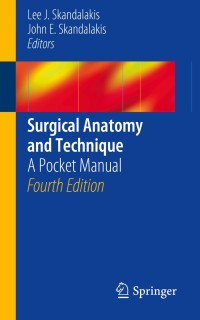Microvascular Reconstruction: Anatomy, Applications and Surgical Technique (EPUB)
$110 $2
EPUB , 48.3 MB
By Ralph T. Manktelow, Ken Finch, G. Ian Taylor, Ronald M. Zuker
Reconstructive microvascular surgery is now in its teens. At first many thought this new child was a whim and would fail to thrive. Some were un certain, others with vision either supported or became actively involved in this new area of surgical endeavour. Although initial interest was focused on the replantation of amputated parts, it has been the one stage free trans fer of living tissue to a distant site which has launched microsurgery into the surgical spotlight. From its humble beginnings we have witnessed a revolution in this branch of plastic surgery; many of the long established methods of recon struction have, like barricades, fallen before the advances made in this field. In its infancy there were relatively few procedures available. There was a tendency to make the patient’s problem fit the operation, rather than the reverse, and this frequently led to an inferior result. The then known flaps, such as the groin flap and the deltopectoral flap, were employed. Unfortunately they were sites which posed many technical problems; namely those of vascular anomaly, a short pedicle and vessels of small cal ibre. Long operations were the norm, and vascular thrombosis was not un common. Hospital routine often was disrupted and there was a danger that these new techniques would fall into disrepute. Over the last decade this state of affairs has changed dramatically.
Product Details
- Publisher : Springer; Softcover reprint of the original 1st ed. 1986 edition (November 24, 2011)
- Language : English
- Paperback : 238 pages
- ISBN-10 : 3642703313
- ISBN-13 : 978-3642703317
Only logged in customers who have purchased this product may leave a review.
Related products
PDF , File Size = 22.40 MB
Basic sciences
PDF ,
Orthopaedics & Trauma
Orthopedics of the Upper and Lower Limb (Original PDF from Publisher)
PDF , File Size = 2.70 MB
PDF ,
PDF , File Size = 3.70 MB
PDF , File Size = 8.80 MB
Basic sciences
Pharmacological Treatment of Acute Coronary Syndromes (Current Cardiovascular Therapy)
PDF , File Size = 3.20 MB
Internal Medicine
PDF , File Size = 9.90 MB










Reviews
There are no reviews yet.